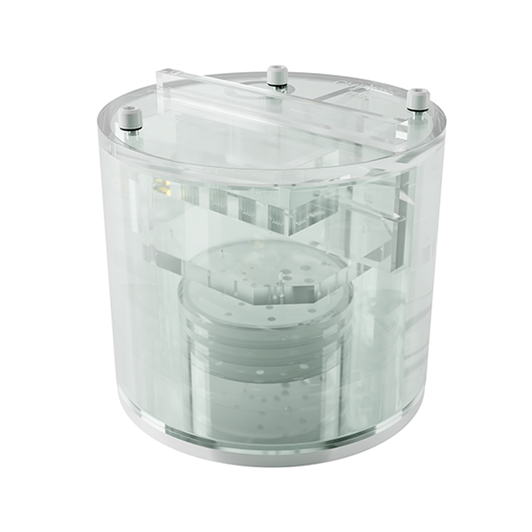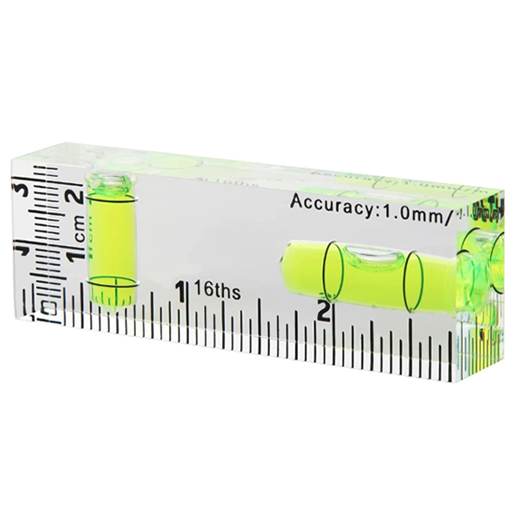

Additional Resources

Selecting MRI Equipment for Modern Medical Facilities: A Comprehensive Guide
Magnetic Resonance Imaging (MRI) has fundamentally transformed diagnostic medicine, offering detailed visualization of internal anatomy without exp...
Read more

A Buyer’s Guide to Cost-Effective MRI Supplies Without Compromising Quality
Effective management of the MRI environment requires the careful acquisition of specialized equ...
Read more

Top 25 Essential MRI Supplies Every Imaging Center Needs
Running an efficient, patient-focused imaging center isn’t just about having the latest MRI sca...
Read more






